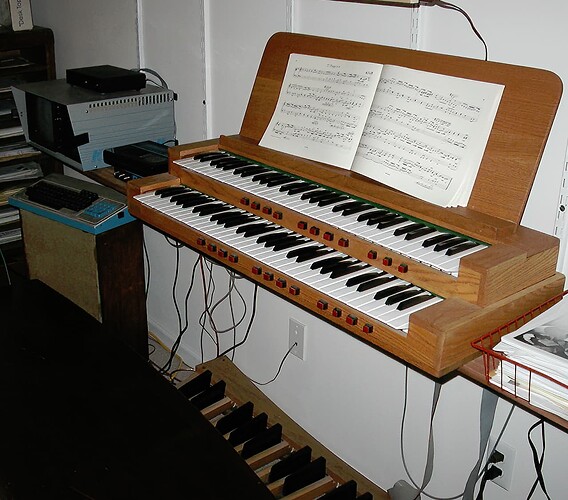How about something visual that shows relative sizes with John Brombaugh’s “Temperament Units”?
https://www-personal.umich.edu/~bpl/larips/tunits.html
The point is not a bunch of numbers, but shapes where we can see that some of the fifths are tempered more than others, and in which direction. The TU system is using finely graded logarithms to reduce everything to addition or subtraction. The numbers are big enough so we can really see the differences of size between the commas.
Briefly, the Pythagorean Comma is split into 720 little pieces that get distributed among all 11 of the fifths and the diminished sixth, closing the circle. He picked 720 because it makes it very easy to sketch out all the relationships among fifths and thirds without having to use any fractions. The Syntonic Comma is 660. Both 720 and 660 are easily divisible by 2, 3, 4, 5, 6, et al. So, if your temperament asks you to temper certain fifths by some fraction of one of the commas, it is easy to do it all with integers. The relative sizes of all the major thirds are simple, too, adding up four consecutive integers around the circle and then seeing how that compares with -660.
A fifth tempered by -60 or -55 is wavering scarcely noticeably: 1/12th of those commas.
In the app, represent the various values of TUs as some shape or color to indicate some intervals being tempered more than others. That’s to encourage checks and listening to intervals for quality, not merely copying pitches off a dial.
It’s useful in testing octaves, too: knowing what the qualities of the intervening fourths and fifths within that octave are supposed to be. The matching qualities (where appropriate) show that the octave is really pure, and not slightly too wide or narrow.
It gets away from cents and the near-absurdity of decimal portions of cents. It also gets away from counting specific beat rates, because those are dependent on specific frequencies everywhere.
The user is encouraged to perceive shapes and relationships, and the matching of quality. The numbers might disappear within the perception of these shapes, because tuning is about listening, not about calculation.
If the use of teeny tiny logarithms seems too modern an idea (because “cents” are late 19th century), it isn’t. Look up Joseph Sauveur’s “merides”, “eptamerides”, and “decamerides” where he was splitting up the octave to 3010 equal parts logarithmically. 43 x 7 x 10. There are about 2.5 decamerides in a cent. And that was in the 1690s.
Bradley Lehman
